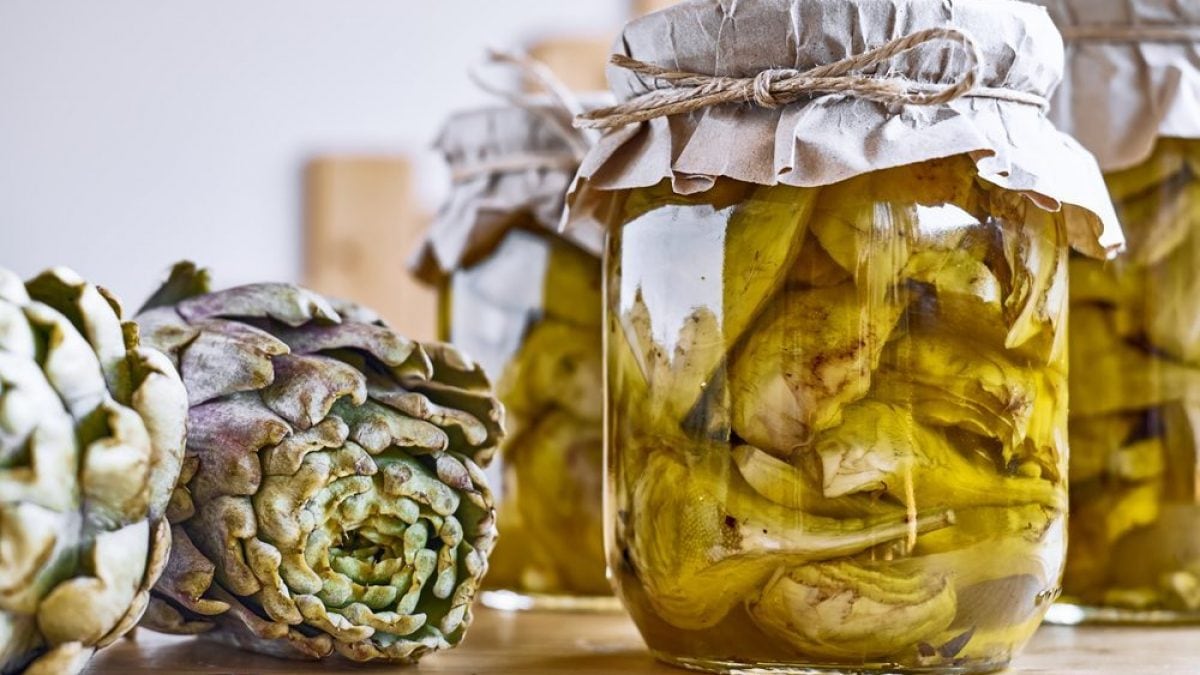
Artichokes, if they didn't exist we would have to invent them. For many people it is exactly like this, because we are faced with one of the most loved vegetables of winter and spring (depending on the variety), protagonist of iconic recipes, just think ofdishes like pasta primavera or a classic Italian-style artichoke dip, and how they combine perfectly with everyday American ingredients like potatoes, peas, bacon, sausage, mushrooms, shrimp, and chicken. These versatile pairings are great for making popular American dishes—from hearty pasta and risotto to salads and grilled mains.
Whether used in a creamy casserole, a fresh salad, or a savory risotto, artichokes are a key ingredient that elevates simple recipes to something special in American kitchens. The sore point is cleaning, which must be done expertly and for this it takes a bit of patience. Have you taken advantage of a favorable moment to clean a large quantity? The good news is that there are different ways to preserve artichokes: some allow you to have them available for many months. Let's see in detail what they are and how to do it.
How to Store Raw Artichokes
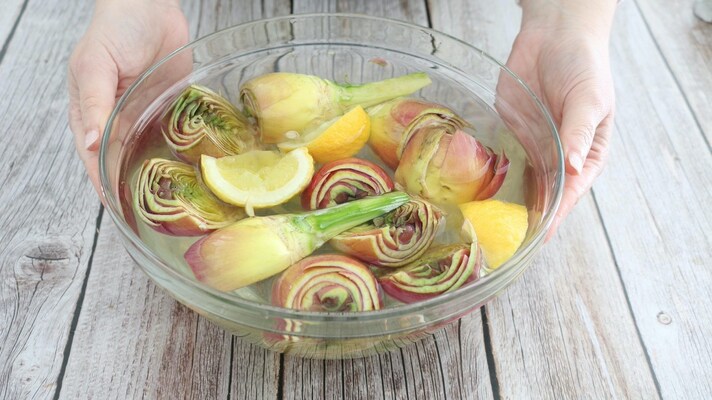
If you have already cleaned artichokes, the advice is to consume them as soon as possible, as they are foods subject to oxidation. If you have any left over, you can still store them in the refrigerator, in the coldest section, for 3-4 days. After soaking them for 10-15 minutes in water and lemon to slow down the blackening, pat them dry carefully: you can place them in an airtight container, wrap them in cling film, or place them in a bowl with water, to maintain hydration, changing it daily.
How to Store Cooked Artichokes
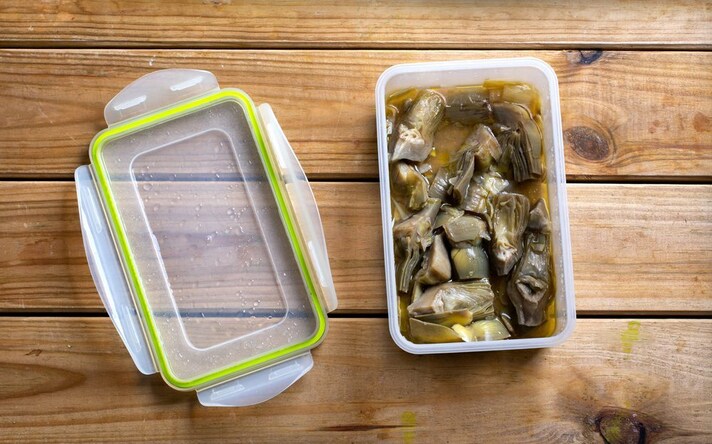
Artichokes Roman style, steamed, boiled, pan-fried, stuffed, baked: there are many ideas for cooking them. Once the artichoke has been cooked, it can be preserved in the refrigerator for a couple of days in an airtight container. Before eating, it is still good practice to check the appearance, smell and consistency and if there are any doubts it is better not to risk it. All this does not apply to fried artichokes: no danger to your health, but they lose their characteristic crunchiness.
How to Freeze Artichokes
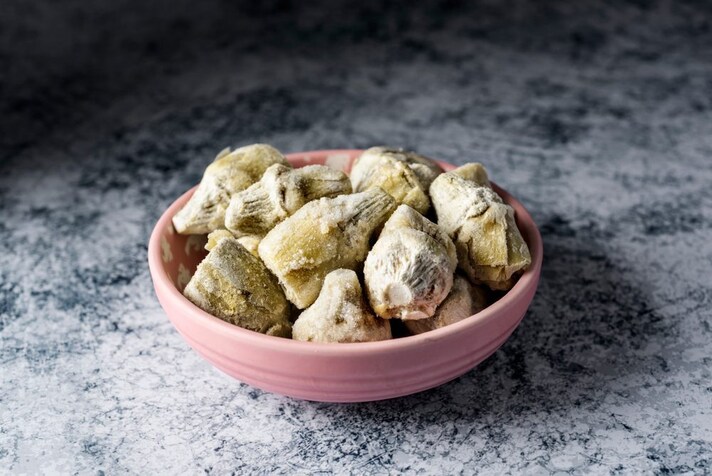
Several vegetables can be frozen: artichokes are among them. The procedure to follow is very simple. After cleaning them, blanch them in water, drain and cool them: it is important that they are as dry as possible. You can place them in a freezer bag or a special container and put them in the freezer, or pre-freeze them on a tray, placing them separate from each other, to prevent them from sticking together. Three months is the right amount of time to keep them in the freezer. Once defrosted, use them throughout the day.
Artichokes in Oil

A great classic to have artichokes available for three to four months and, what's more, ready to be enjoyed is to prepare them in oil. An evergreen recipe is the one that features baby artichokes, ideal for enriching appetizers and starters, garnishing bruschetta and to serve as a side dish. As they are cleaned, the vegetables are placed in a bowl acidulated with lemon and left to rest for two hours. Then they are immersed for 4-5 minutes, until tender, in a pot where water and vinegar have been boiled: finally they are dried well on a cloth and transferred to sterilized jars covered with extra virgin olive oil and flavored with spices, garlic and aromatic herbs to taste.
Pickled Artichokes
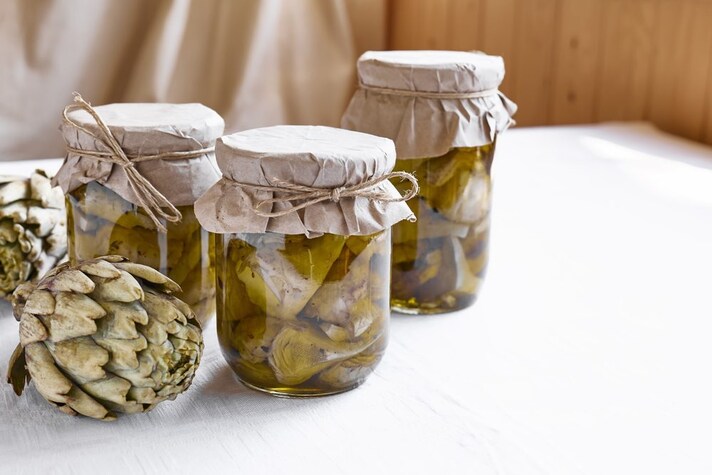
Another very popular way to have them ready-to-eat is to pickle them. The procedure is similar to the previous one: let the artichokes rest in lemon juice, blanch them in acidulated water for a few minutes depending on their size and then put them in sanitized jars with the aromas you prefer. Instead of oil, cover everything with a brine prepared with vinegar, water (usually the ratio is 1:2) and salt, which you will have previously boiled and warmed. Store in a cool, dry place, away from light: artichokes in this way last 4 months. Wait two weeks before consuming, so that the flavors can infuse.
Some More Advice
The artichoke, although it may seem strong and robust, is actually a delicate vegetable that spoils quickly. When cleaned, therefore deprived of its "shell", contact with air causes it to immediately blacken: it does not become bad, obviously, but it loses its pleasantness. For this reason, pickles in general are the best methods to enhance artichokes in the long term, making them ready to use and customizable. Sanitization and vacuum formation should not be underestimated, in order to avoid health risks, such as botulism.
Speaking of vacuum, the deprivation of air helps food to be preserved longer: those who love to experiment in the kitchen can cook artichokes sous vide – they lend themselves particularly well – cutting them into segments and flavoring them with aromatic herbs and garlic. After cooking at low temperature, without opening the bag, let it cool in water and ice: then place in the refrigerator for a maximum of 10-15 days or freeze for up to three months.
;Resize,width=767;)
